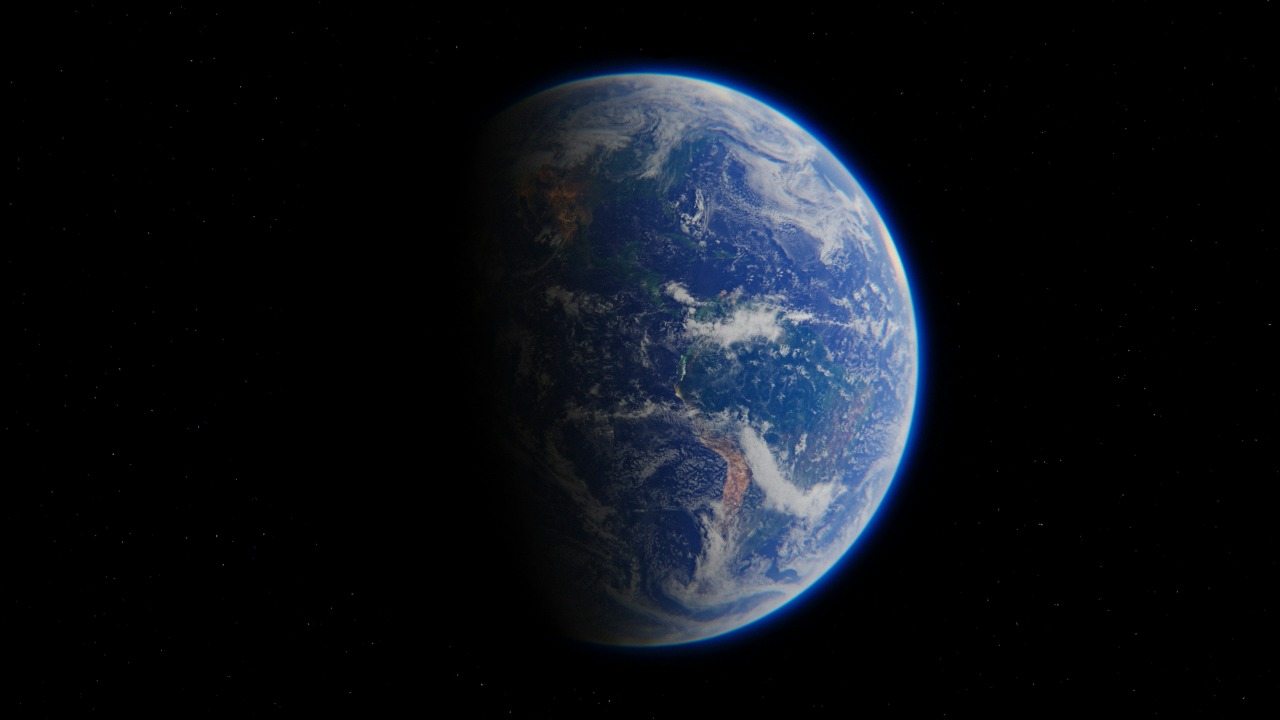
In an astonishing twist of our technological progress, humans have inadvertently created a space barrier around Earth. This article delves into the nature of this barrier, its formation and its potential impacts on Earth and space exploration.
Discovering the Space Barrier
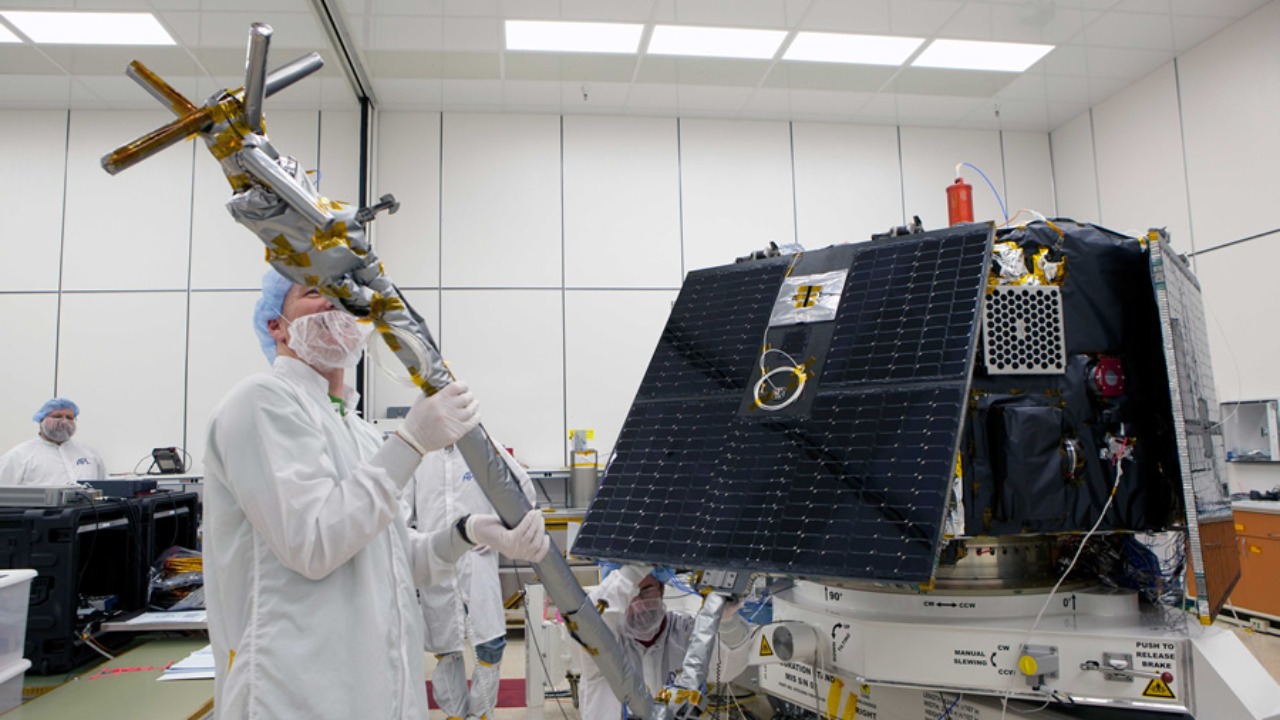
The existence of this unexpected space barrier was first discovered by NASA’s Van Allen Probes. The probes, launched in 2012, were primarily intended to study the radiation belts encircling Earth. However, in the course of their exploration, they stumbled upon a new, human-made phenomenon.
The barrier is primarily made up of Very Low Frequency (VLF) radio waves. These waves are produced on Earth and have been found to reach up to the inner edge of the Van Allen radiation belts. It is this interaction between human-made VLF waves and the natural radiation belts that has created an observable barrier in space.
How Humans Accidentally Created a Space Barrier

VLF transmissions are not a new technology. In fact, they have been used for over a century for long-distance communication, especially with submarines. However, it was not until the data from the Van Allen Probes was analyzed that scientists realized these transmissions were reaching far beyond their intended destinations and were effectively creating a bubble around Earth.
From a historical perspective, this development is a fascinating testament to human impact on our surroundings. As our technological capabilities have grown, so too have our unintended influences on the environment—extending now as far as space. The creation of this barrier is a direct by-product of the widespread use of VLF technology throughout the 20th century.
The Space Barrier’s Impact on Earth
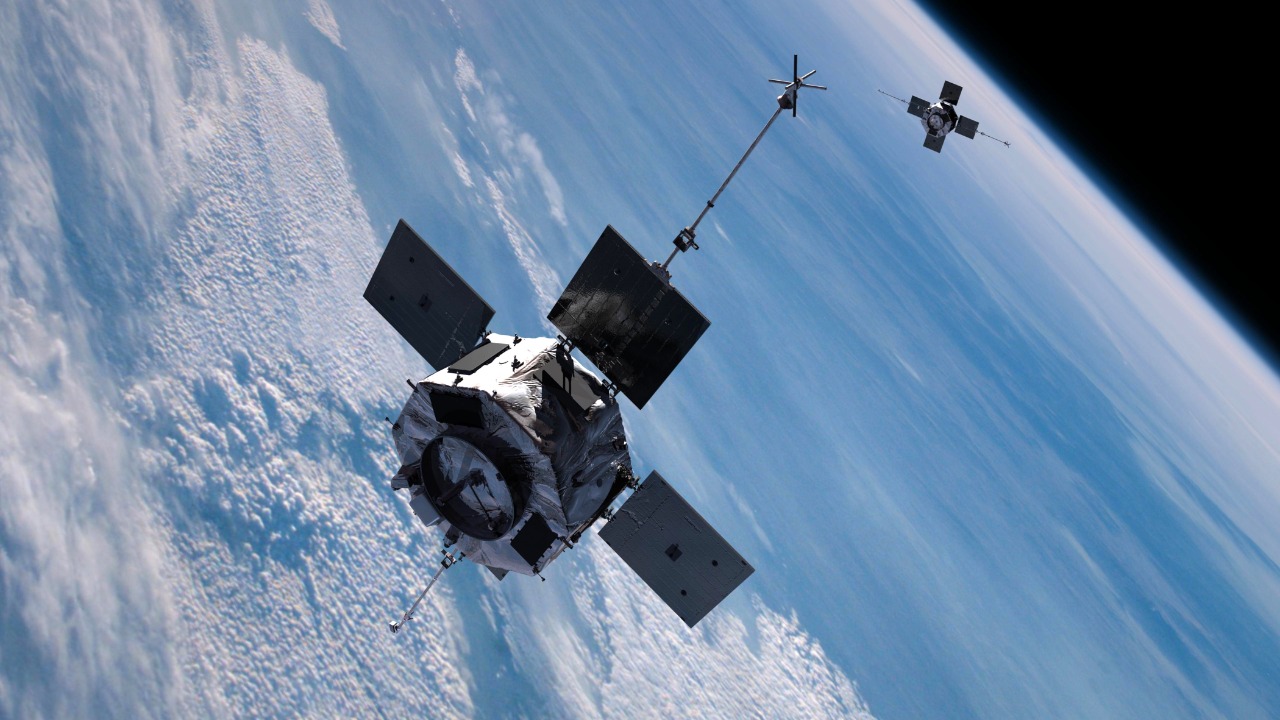
This human-made barrier may have significant implications for Earth. One of its potential benefits is the ability to protect against solar flares and other hazardous cosmic phenomena. Solar flares release large amounts of radiation, and a strong enough flare could potentially disrupt or damage our satellite networks. The VLF barrier could help shield us from these events.
Additionally, the barrier might influence space weather, which refers to the changing environmental conditions in near-Earth space. These changes can have significant effects on our planet’s climate, satellite health, and communication systems. Research is ongoing to fully understand these impacts.
Implications for Space Exploration
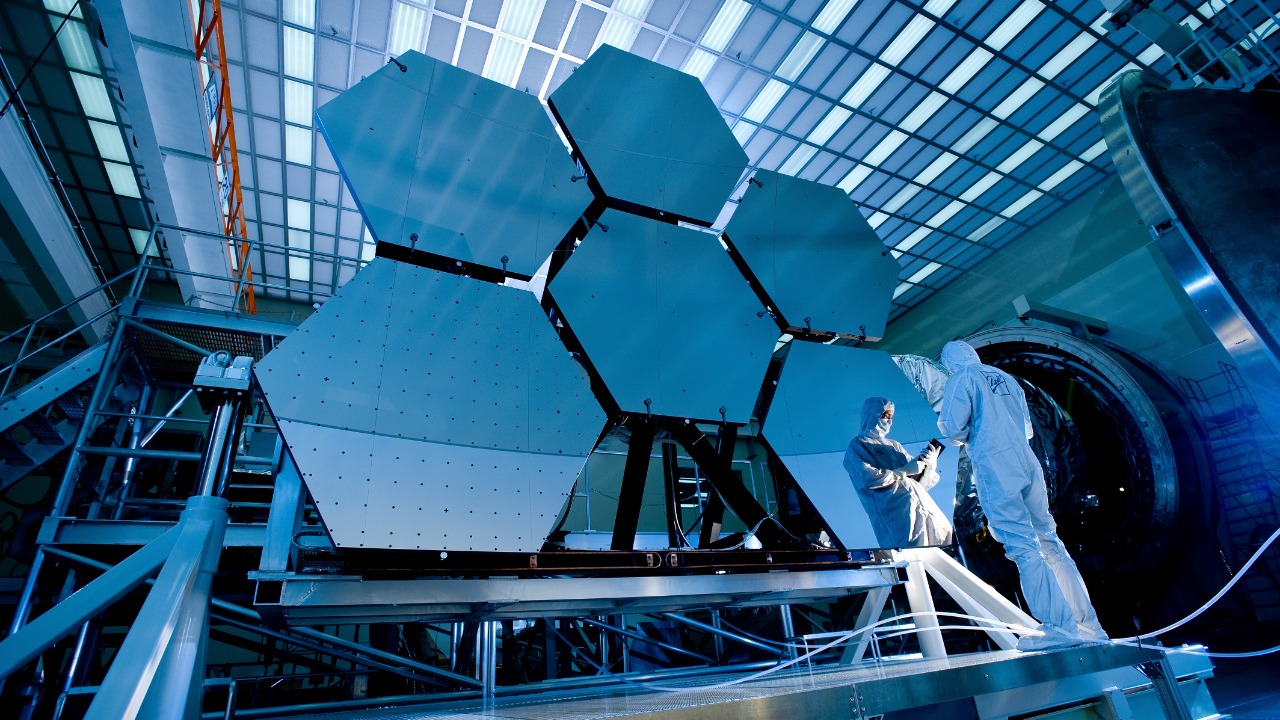
The VLF barrier could also have a significant impact on space exploration. All our current satellite networks operate within this barrier, and we need to understand how it affects their operation. For instance, it could potentially disrupt communication with satellites or affect their longevity in orbit.
Moreover, this barrier might pose a hurdle for future human space exploration. As we plan for missions to Mars and beyond, we need to consider how to navigate through or around this barrier. This is particularly relevant since the barrier is strongest in the L2 Lagrange point, a popular location for placing space telescopes like the upcoming James Webb Space Telescope.
Future Research and Unanswered Questions
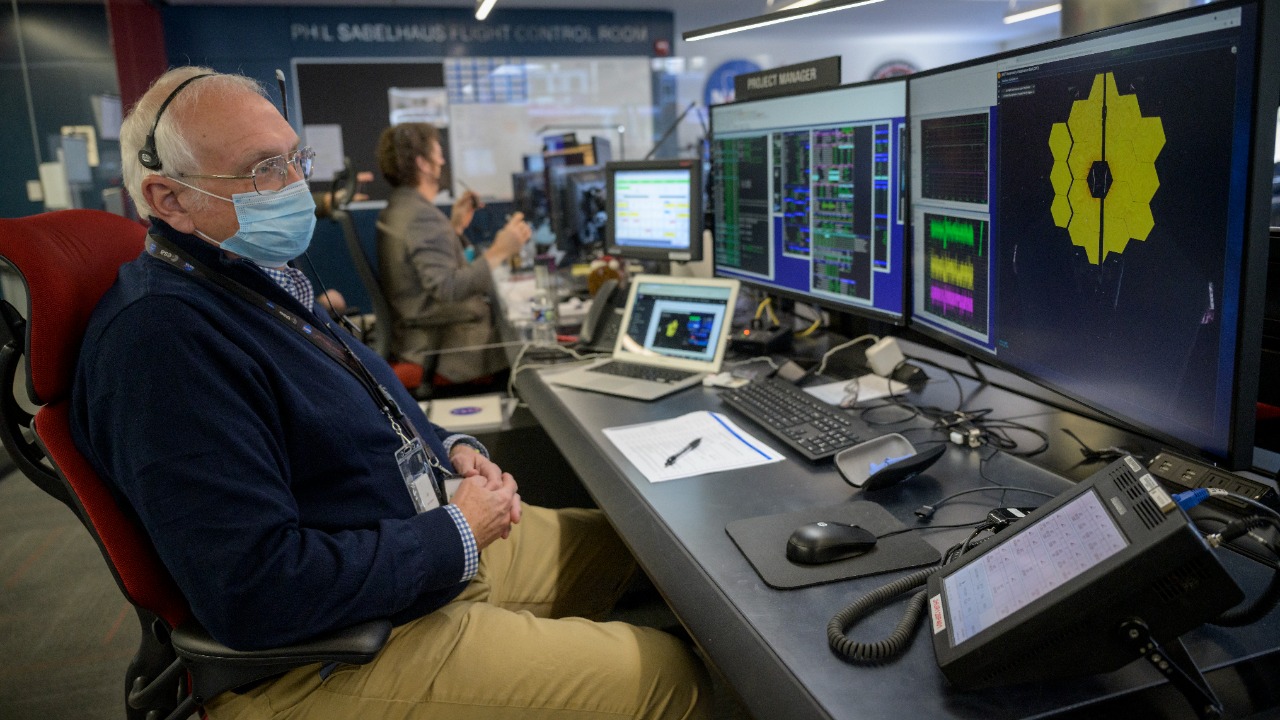
The discovery of the VLF barrier has raised many questions that require further study. For instance, we need to better understand the barrier’s long-term effects on our satellite networks and what it means for space weather. Additionally, could we potentially harness this barrier for our benefit, such as using it as a shield against solar flares?
These and many other questions remain unanswered. Scientists are just beginning to grapple with the full implications of this unexpected development. And as our technological capabilities continue to evolve, we may discover yet more ways in which we are shaping not just our planet, but the space around it too. Ongoing research is crucial to fully understanding and potentially harnessing this human-made space barrier.